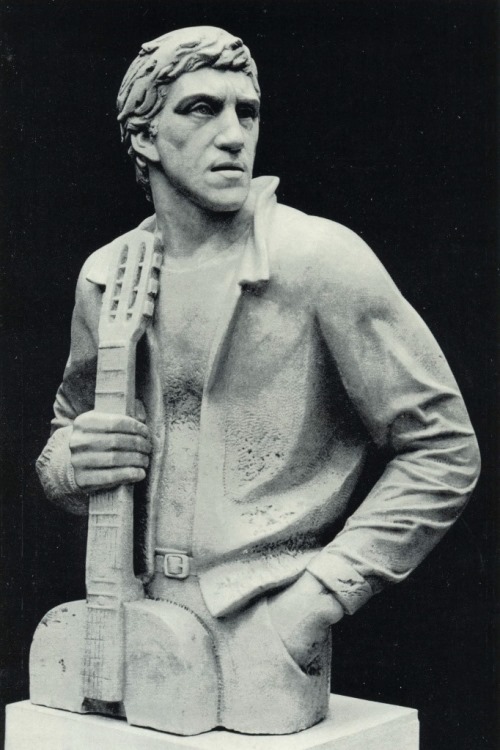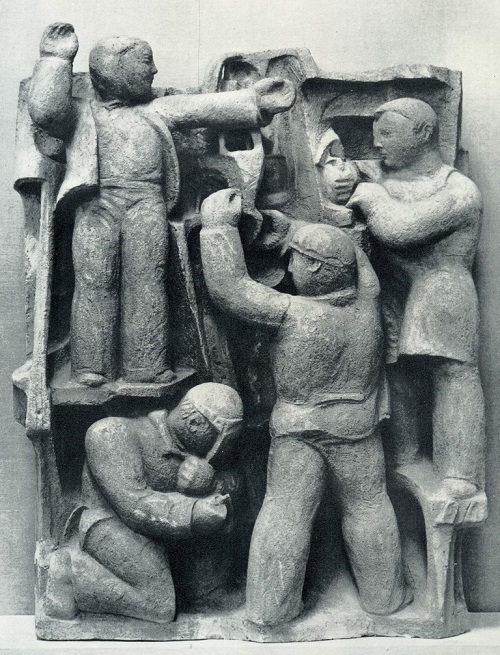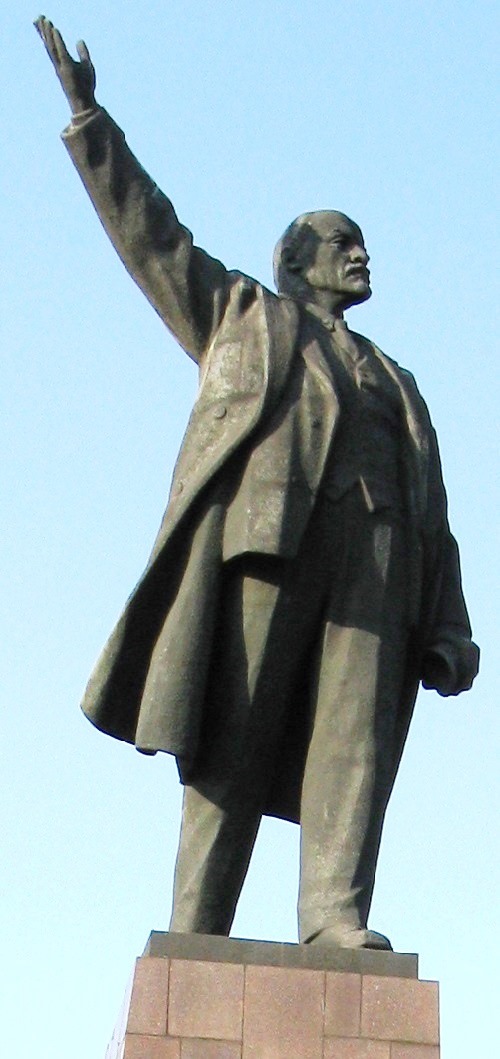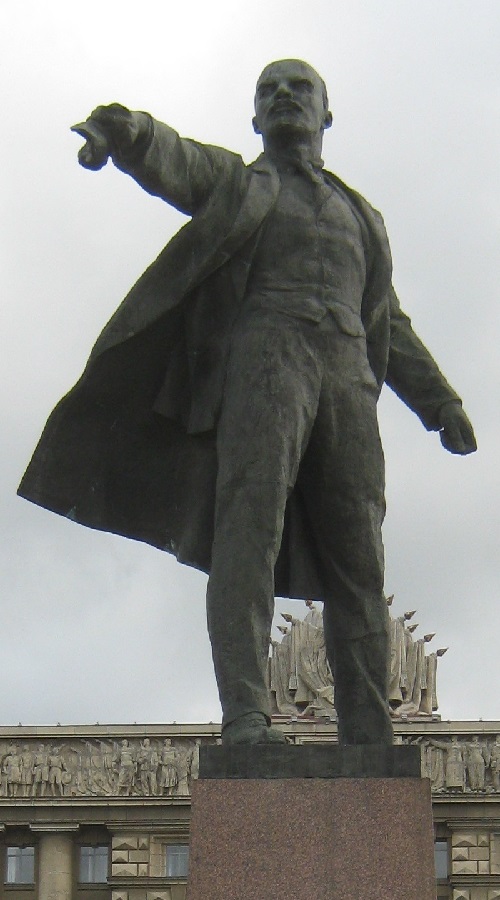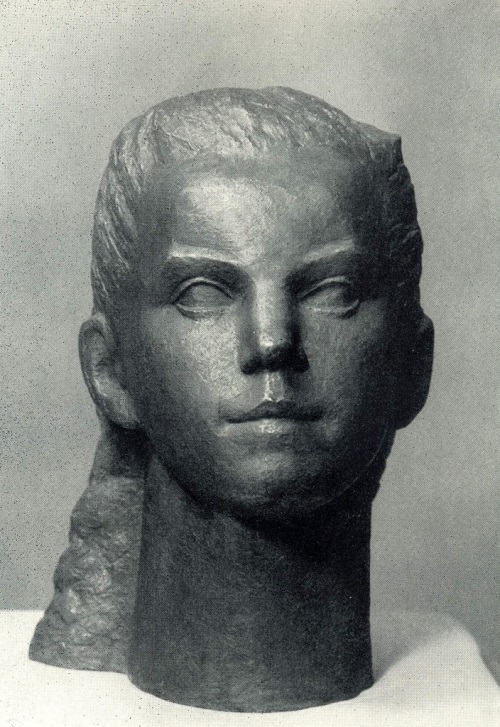Soviet Russian sculptor Alexander Rukavishnikov
Soviet Russian sculptor Alexander Rukavishnikov was born October 2, 1950 in Moscow, the USSR. He became a member of the USSR Union of Artists in 1974, Honored Artist of the RSFSR and the Kirghiz SSR in 1984. In the period of 1986-1988 Alexander was a Secretary of the Union artists of the USSR. In 1995 he was given a title of People’s artist of the Russian Federation. The same year Alexander became the Head of the Department of sculpture of Moscow State Art Institute named after VI Surikov, and professor (1999). In 1997 he was chosen a Member of the Russian Academy of Arts and member of the Presidential Commission on culture. Alexander Iulianovich Rukavishnikov – master of monumental and easel compositions, sculptural portraits. In 1976 he was awarded the Lenin Komsomol Prize (1976) – for the sculpture “Builders”, “Work”, “Michelangelo.”
More »
